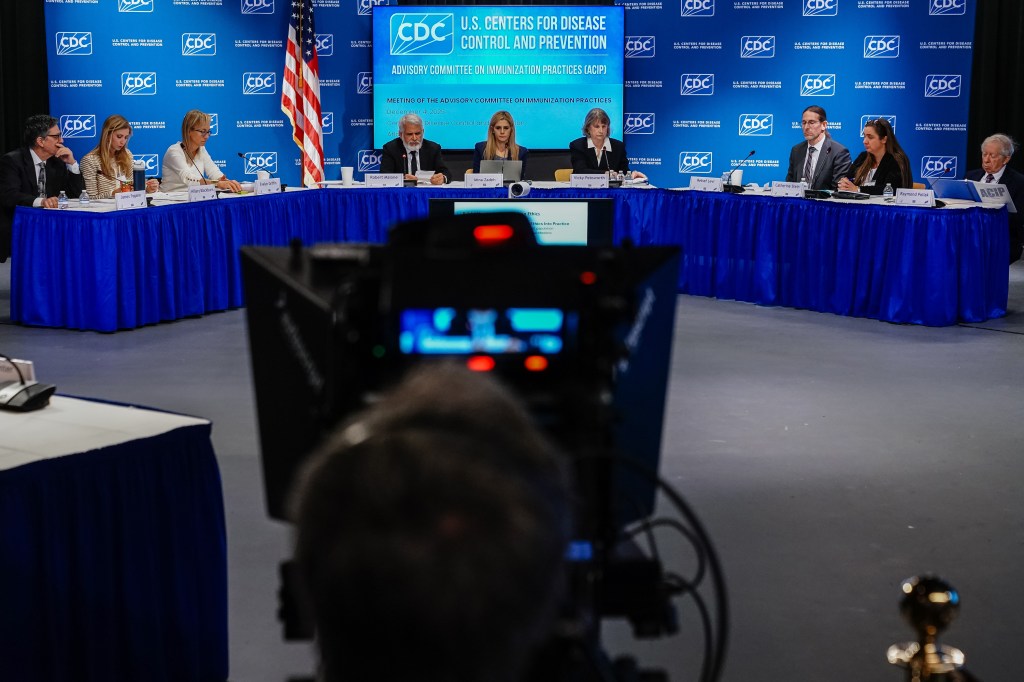That is the question that a paper by Wong et al. (2024) aims to answer. FDA use the accelerated approval (AA) pathway to expedite the availability of drugs for serious or life-threatening conditions when a drug demonstrates an effect on a surrogate endpoint that is reasonably likely to predict clinical benefit, or on a clinical endpoint that occurs earlier but may not be as robust as a traditional endpoint. There is limited research, however, quantifying the benefits of this AA pathway.
To estimate the impact of AA on patient outcomes, Wong and co-authors use a real option value (ROV) approach where they examine differences in efficacy between a baseline drug, and a ‘new and improved’ treatment that was approved via AA. They key benefit can be calculated by looking at the share of individuals who were able to access the AA treatment early multiplied by the difference in efficacy between the baseline and AA treatment.
Consider the following simplified example:
Baseline treatment: 1 year survivalAA treatment: 4 years survival
If only 40% of people would live long enough to get the AA treatment under a standard approval process, then expected survival is 40%*4+(1-40%)*1 = 2.2 years. Now consider an accelerated approval process whereby 80% of people would live to get the treatment. In this case expected survival is 80%*4+(1-80%)*1 = 3.4 years. In short, by getting faster access, people lived 1.2 years longer.
While this sound reasonable in theory, how do we estimate this in practice?
The authors apply the ROV approach to estimate the impact of accelerated approval for AA treatments across 3 tumor types:
Metastatic melanoma: ipilimumab (baseline) vs. pembrolizumab/nivolumab (AA product)Advanced bladder cancer: 2L+ pos platinum immunotherapy (baseline) vs. enfortumab vedootin (AA product) EGFR+ aNSCLC: erologtinib, gefitinib, or afatinib (baseline) vs. osimertinib (AA product)
The authors found that:
The AA pathway was estimated to contribute 3.73 additional months of survival per patient among all patients who initiated ipilimumab in metastatic melanoma (in the pre-AA period), 0.85 months per patient among all patients initiating CITs post platinum therapy in advanced bladder cancer and 2.89 months per patient among all patients initiating first- and second-generation EGFR TKIs in EGFR+ aNSCLC. These survival gains attributable to the AA pathway were 70, 73 and 57% of the total average survival gains across all initial drug patients, respectively, and represent a 3.4-, 3.8- and 2.3-times increase in survival compared with the traditional approval pathway. Extrapolating the attributable survival gains to the US population resulted in an estimated 1367 (metastatic melanoma), 1702 (advanced bladder cancer) and 4930 (EGFR+ aNSCLC) LYs gained owing to the AA pathway.
One limitation of this study is that the tumors selected were ones where the AA therapy was a significant improvement over the baseline therapy. Downside risk from early AA approval of therapies that did not work (Type 1 error), was not one of the scenarios considered . Nevertheless, the cost of delayed approval of highly effective drugs (Type II errors) are less studied, and this paper fills an important gap in the literature.
You can read the full article here.







